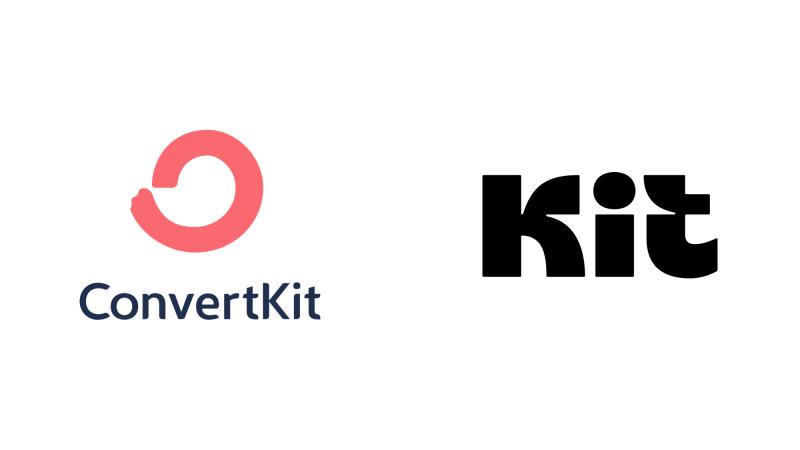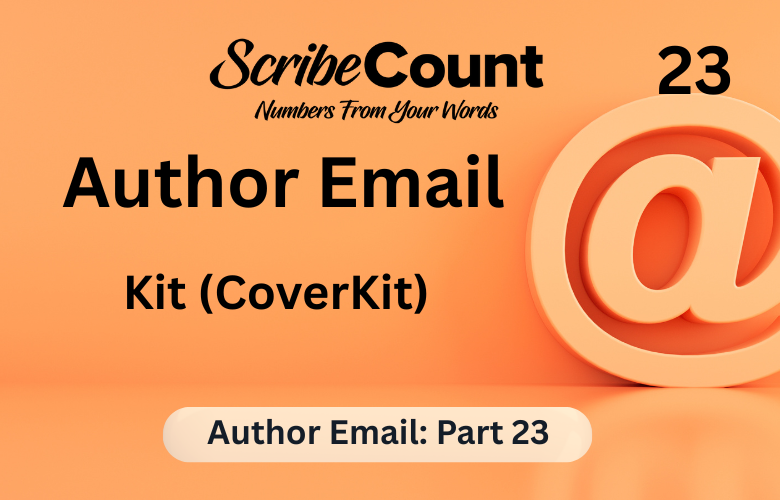ConvertKit for Indie Authors: How to Build a Powerful Email Marketing System
Email marketing remains one of the most reliable and profitable channels for indie authors to reach their readers directly. While social media platforms shift algorithms and visibility declines, your email list is a stable asset you own and control. That’s where ConvertKit comes in. It’s one of the few email platforms specifically designed for creators—including writers—and it has become a trusted tool among indie authors who want to grow their readership and income over time.
Unlike older platforms built for big brands, ConvertKit streamlines the email process for people who make things: authors, bloggers, musicians, and small business owners. With a balance of power and simplicity, it allows indie authors to automate their welcome sequences, tag subscribers by reading interests, launch book releases, and sell directly from their emails without needing a marketing degree.
In this guide, we’ll walk through what ConvertKit offers, how it serves self-publishing authors specifically, and how to use it to connect, sell, and scale your writing career.
Why Email Marketing Still Matters for Indie Authors
Email is one of the few remaining direct lines to your audience. Unlike social media, where platforms decide who sees your content, email gives you access to a reader’s inbox on your own terms. The return on investment is strong: authors using email regularly tend to outperform those relying solely on social algorithms.
Email marketing allows you to:
Launch books and collect preorders
Share bonus material, sneak peeks, and giveaways
Build advanced reader teams
Ask for reviews from your most loyal fans
Promote direct sales, bundles, or box sets
ConvertKit was designed to do all of the above without requiring complex systems or high budgets. You can start small and scale up as you grow.

What Makes ConvertKit Ideal for Authors
ConvertKit stands out because it combines essential features with creator-first simplicity. You don’t need to understand coding, design, or marketing jargon to get started. Instead, you get access to powerful tools laid out in a clear, visual format.
Visual Automations
ConvertKit’s visual automation builder lets you design entire subscriber journeys based on user behavior. For example, a reader signs up via a free novella—ConvertKit can tag them automatically, send a sequence of welcome emails, and follow up with a pitch for your first in-series book. It's flexible, visual, and easily editable as your catalog grows.
Tags and Segmentation
ConvertKit uses a tagging system to organize readers by interests, behavior, or entry point. You can segment your list into:
Readers who joined for a specific genre
ARC readers or reviewers
Customers from your Shopify, Payhip, or WooCommerce store
Long-term subscribers who haven’t engaged recently
This lets you send targeted content that aligns with each reader’s interests without spamming your entire list.
Clean, Duplicate-Free Billing
Many email services charge based on list count—even if the same subscriber appears on multiple lists. ConvertKit does not. One subscriber is counted once, no matter how many tags they have. That makes it ideal for authors with multiple entry points, pen names, or projects.
Forms and Landing Pages
You can create embeddable forms or full landing pages using ConvertKit’s templates. This is especially useful if you don’t yet have your own website. Whether you’re promoting a reader magnet, event signup, or new release, ConvertKit provides the tools to capture and convert visitors with ease.
Broadcasts and Sequences
Broadcasts are one-time emails, such as a book launch or newsletter. Sequences are automated messages sent over time, like onboarding for new subscribers. ConvertKit gives you tools to schedule, A/B test, and refine both types of emails to fit your audience.
How ConvertKit Fits Into Your Author Business
ConvertKit integrates with nearly every tool authors use to deliver books and manage sales. That includes:
BookFunnel – for delivering reader magnets
StoryOrigin – for newsletter swaps or promotions
Shopify, Payhip, WooCommerce – for tagging direct sales customers
Zapier – for custom workflows
You can also connect ConvertKit to your WordPress site, Patreon, Teachable, or other platforms you use to grow your business. Whether you’re wide, exclusive, or selling direct, ConvertKit is a stable hub that helps you manage communication across all reader touchpoints.
Common Author Email Sequences Built with ConvertKit
ConvertKit shines when you use it to build relationships with readers through automated sequences. Some examples:
Welcome Sequence
A 3–5 email series that introduces your story world, what readers can expect, and offers additional free content or access to a private reader group.
Book Launch Funnel
A sequence leading up to release day that includes cover reveals, preorders, and bonuses. After launch, it shifts to reader reviews, buy links, and cross-promotion with your backlist.
Reader Magnet Delivery
Automatically sends your freebie, tags the reader based on what they downloaded, and begins a longer-term engagement path.
Review Request Sequence
Triggers after delivery or purchase and gently asks for a review with clear links to Amazon, Goodreads, or BookBub.
Re-Engagement Series
If readers stop opening your emails, ConvertKit can automatically start a series to revive interest. This might include a survey, new magnet, or personal note from the author.
These sequences keep your list healthy, active, and primed for your next release.
ConvertKit Pricing for Indie Authors
ConvertKit offers a free tier for up to 1,000 subscribers with unlimited landing pages and forms, email broadcasts, and access to the Creator Network.
For most working indie authors, the Creator plan is the next step. It starts at $15/month for up to 300 subscribers and includes automations and sequences. The Creator Pro plan starts at $29/month and includes deliverability reporting, priority support, and advanced segmentation tools.
Unlike other platforms, ConvertKit does not charge for subscriber duplication, making it far more affordable when managing multiple funnels.
Pros and Cons for Indie Authors
Pros:
Built specifically for creators
Simple, intuitive interface
Strong automation and tagging tools
No double billing for subscribers
Excellent integration with book-related services
Generous free tier
Cons:
Limited design templates (no full drag-and-drop builder)
Not as advanced for eCommerce or SMS marketing
Price can climb with rapid list growth
Priority support only at higher tiers
ConvertKit is best suited for authors who want a clean, effective, and scalable platform without steep learning curves.
Final Thoughts: Should Indie Authors Use ConvertKit?
If you’re an indie author building a long-term career, ConvertKit is a strong foundation for your email marketing strategy. It scales with you—from your first 100 subscribers to a 50,000-reader list. You can run giveaways, offer freebies, collect reviews, and sell directly from a system that’s built around your creative business.
The tools are modern, the interface is intuitive, and the company is committed to serving creators rather than corporate marketers. For self-published authors who want to build trust, drive engagement, and control their audience without the chaos of social media platforms, ConvertKit delivers exactly what you need.

